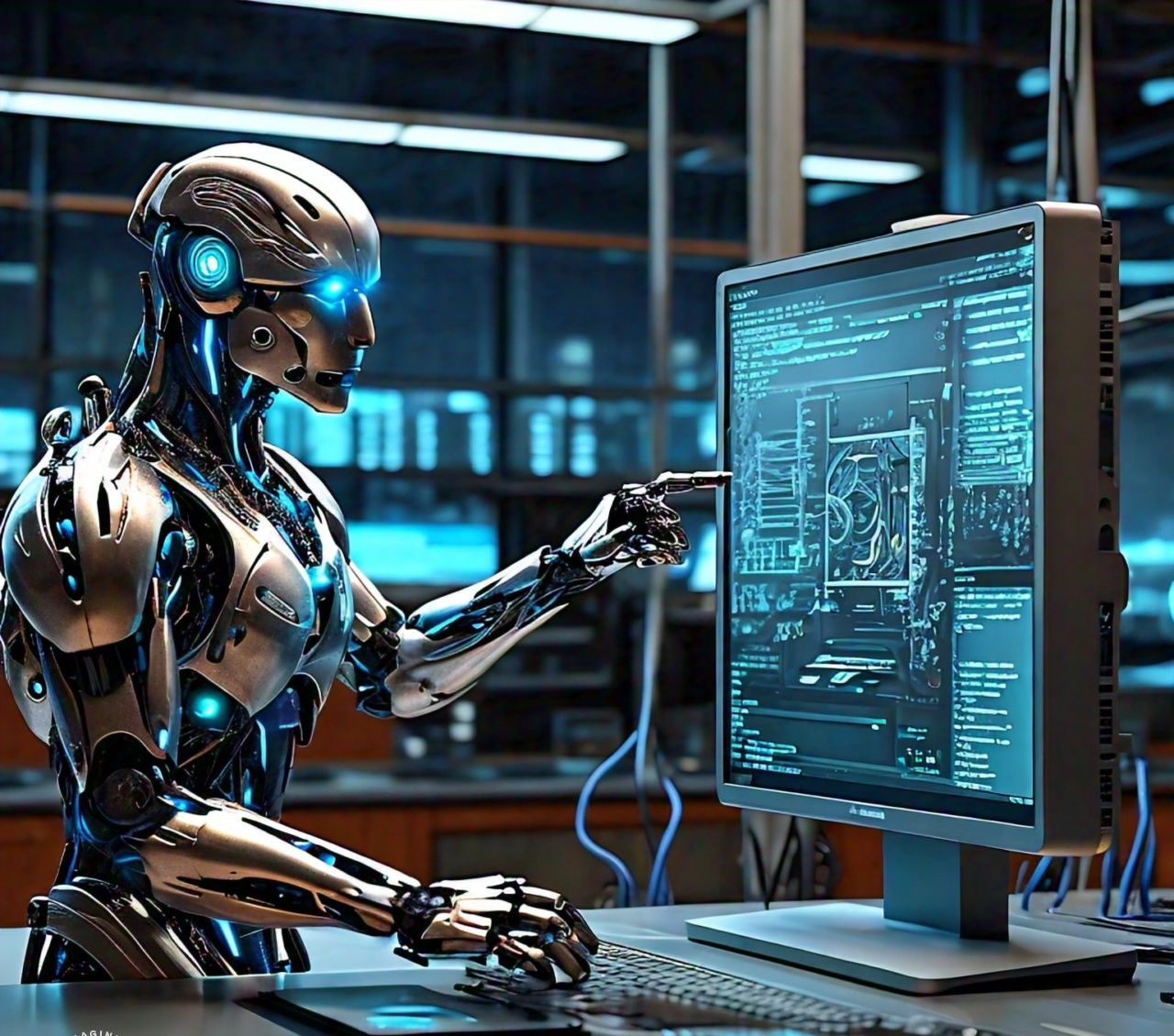is Artificial intelligence threat to humanity?
- Even if one hasn’t been closely following the ongoing discussions regarding artificial intelligence, it is challenging to ignore recent headlines cautioning that AI could pose a significant threat to human civilization. These reports are based on recent statements from prominent figures in the industry, including a key figure in AI development, suggesting that the technology is advancing so rapidly that it may become a threat on a scale comparable to an extinction-level event or, at the very least, lead to disruptions on a societal level similar to those seen during the recent global pandemic. Understanding such assertions can be challenging for those who are not AI experts. Undoubtedly, current manifestations of AI showcase remarkable capabilities, accomplishing tasks that are beyond human capacity. However, as previously outlined, AI-powered technologies today exhibit problematic tendencies, such as amplifying misinformation, perpetuating human racial biases, or enabling sophisticated criminal schemes. It may not be unreasonable to consider the possibility that machines are on the verge of surpassing human control.

At UM-Dearborn, numerous faculty members specialize in artificial intelligence, prompting us to explore whether AI truly poses an imminent threat to civilization. To gain insights into this, we consulted three of the university’s leaders in this field: Professor Hafiz Malik, Associate Professor Samir Rawashdeh, and Assistant Professor Birhanu Eshete. All three experts expressed a unanimous opinion that the idea of artificial intelligence posing an extinction-level threat in the near future is exaggerated. Rawashdeh humorously remarked that people seem to forget that “we can always unplug them if they start misbehaving.” Eshete generally categorizes today’s artificial general intelligence as being at the level of a “cat.” Malik disagreed, asserting that this comparison doesn’t do justice to cats. He emphasized that while AI can achieve impressive feats, such as defeating top human chess players or diagnosing illnesses that elude doctors, these accomplishments are task-specific with stringent constraints. Malik highlighted the absence of general intelligence, comparable to human adaptability to new circumstances, in current AI. He concluded by stating that, in his lifetime, he does not anticipate witnessing the emergence of AI with human-like general intelligence, and he perceives the pace of AI advancement as relatively steady, not accelerating rapidly.
This highlights a crucial distinction often overlooked in the ongoing discussions about artificial intelligence, focusing on the different types of AI. Present-day AI, predominantly propelled by machine learning, is task-specific. It enables algorithms to grasp essential characteristics of specific subjects, such as cars or certain cancer types, through exposure to relevant data. On the other hand, artificial general intelligence (AGI) represents a fundamentally different concept. AGI implies machines having the ability, like humans, to adapt to a vast range of new tasks without explicit training or programming for each task. While task-specific AI is increasingly prevalent, AGI has not yet been realized, and some skeptics question its feasibility. Even if achievable, many believe that AGI would differ significantly from the AI seen today.
Nonetheless, Rawashdeh, Eshete, and Malik all agree that significant issues could arise in the human world without the need for AGI-level sophistication. Rawashdeh and Eshete express concerns about the concentration of artificial intelligence at the highest levels, controlled by a few powerful companies developing the technology for commercial purposes rather than societal benefit. Rawashdeh emphasizes the real risk of widespread dependence on technology across various sectors, potentially resulting in systems that perpetuate inequality. He warns of a scenario where people might argue against turning off AI, claiming it would disrupt the economy, drawing parallels to the “too big to fail” justification used to bail out misbehaving banks during financial crises.
Disinformation stands out as a prominent domain where we witness AI’s disruptive influence. While misinformation has likely existed throughout human history, Malik, an expert in deepfakes, argues that AI has significantly intensified its effects. He attributes global polarization, evident not only in the U.S., to social media platforms utilizing algorithms that create echo chambers, distorting individuals’ perceptions of reality. Deepfakes, constantly improving, contribute to increased vulnerability. Criminals now leverage AI to synthesize voices in real time, complete with various accents, enhancing the sophistication of phone scams designed to coerce people into depleting their bank accounts. Whether manifested in social media misinformation or criminal schemes, Malik underscores that the outcome is a widespread erosion of trust in information and democratic institutions. The loss of trust, he suggests, constitutes a legitimate factor contributing to the potential unraveling of human society.
Concerns about these negative aspects of AI technology have spurred discussions on protective measures, and according to Eshete and Malik, the European Union has been at the forefront of regulation. Recently, the European Parliament passed a draft version of the EU AI Act, which, among other provisions, imposes significant restrictions on facial recognition software and mandates greater transparency from creators of generative AI systems like ChatGPT regarding the data used for training. In the U.S., Eshete notes that the White House has released the AI Bill of Rights to guide the design, use, and deployment of automated systems for the protection of the American public. Crafting effective regulations, Eshete acknowledges, is complicated by the absence of consensus among AI experts on the capabilities of AGI systems resembling humans and the primary risks that warrant concern. He emphasizes the need to focus on the immediate impacts of AI on people’s lives before delving into future hypothetical threats.
Eshete, Rawashdeh, and Malik collectively stress that the extent to which AI shapes our world and its impact, whether beneficial or harmful, largely depends on human decisions. While the possibility exists for AI to become a civilization-threatening force, they suggest that blaming machines may not be justified if such a scenario unfolds.


